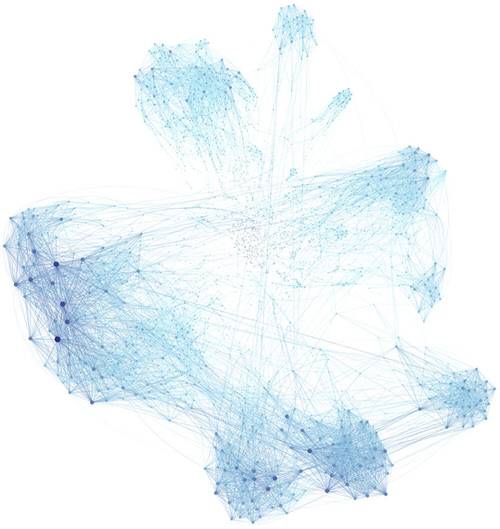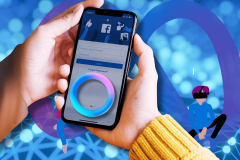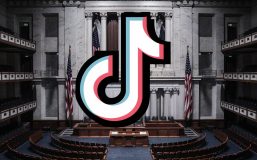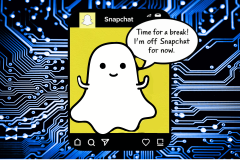A group of Web researchers may have found a way to use Twitter bots to increase interaction between people, as well as between Twitter users and brands.

As first reported by MIT Technology Review, the Web Ecology Project started as a contest to see which team of researchers could get the most @ mentions on Twitter. Some teams developed surprisingly lifelike Twitter bots which tricked human Twitter users into thinking they were real people.
But then something unexpected happened: not only did the Twitter bots get those people to follow them and retweet their messages, but they also increased human connections.
The contest was originally set up as a way to challenge claims by self-proclaimed social media experts and consultants who bragged they could increase connections. “A lot of people you can hire now say they are really good at community engagement. Can we measure those claims?” said Tim Hwang, one of the researchers and an author of a paper on the experiment.
Following a 30-day trial period, social bots were introduced to a study sample of 2,700 Twitter users. The bots were programmed to retweet messages and “introduce” Twitter users to one another. During the 21-day experiment, each of the nine bots received an average of 62 followers and 33 incoming tweets.
But the most telling finding was a 43% increase in connection rates between human users. In one of the groups, a 355% connection rate was recorded.
Further research on why that happened is needed, but it makes clear that there the potential to speed the creation of human ties exists. Two of the researchers involved in the original competition have gone on to create the Pacific Social Architecting Corporation to continue studying the phenomenon.

Data Visualization By Max Nanis and Ian Pearce
Visualization showing changes in relationships over a 21-day period after Twitter-bots were introduced to a control group.Blue dots represent human users, with the size of the dot dictated by the number of Twitter followers. A dark blue line is a relationship that involves at least one user that has many followers in the graph. Green lines represent follows between bots and humans.










